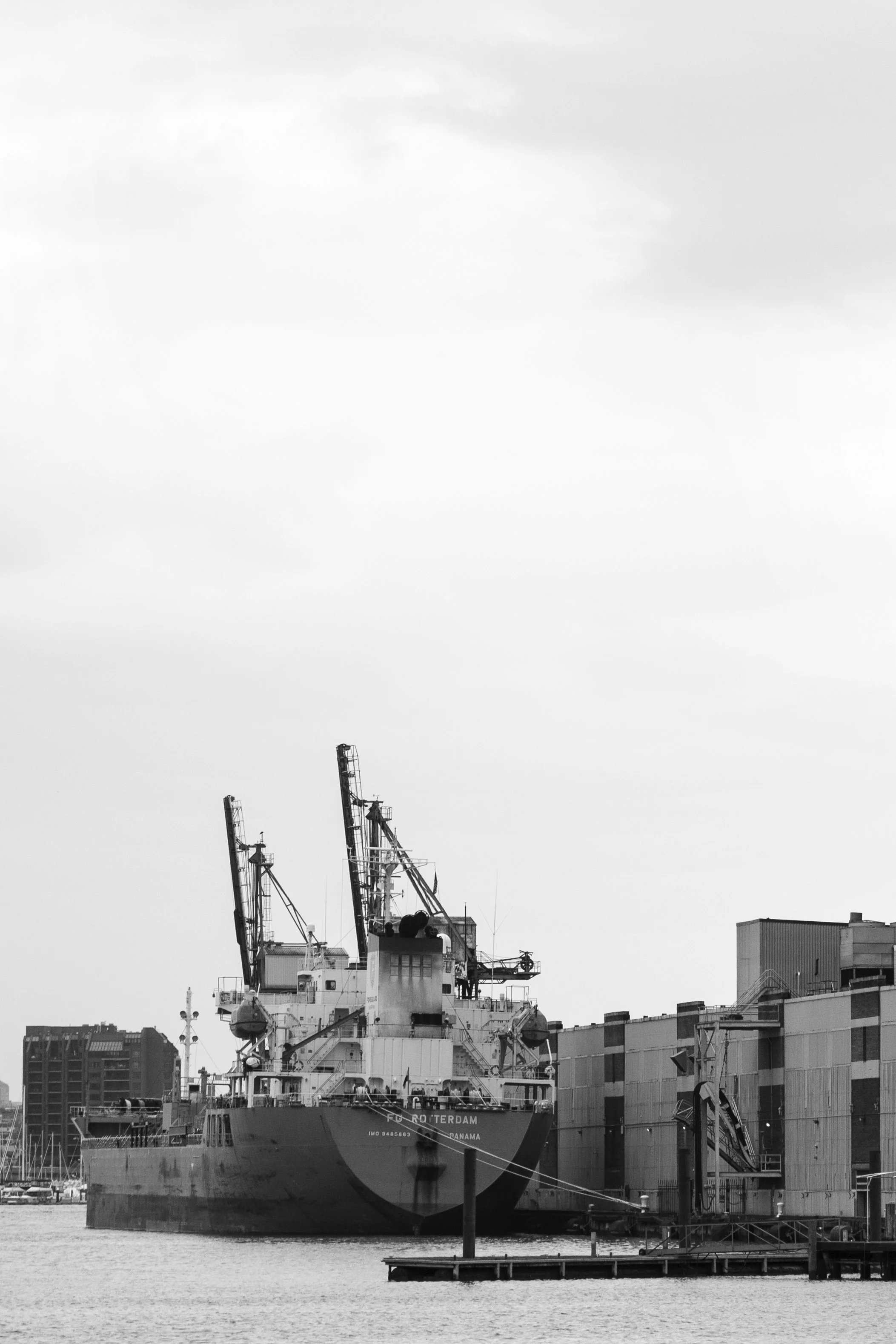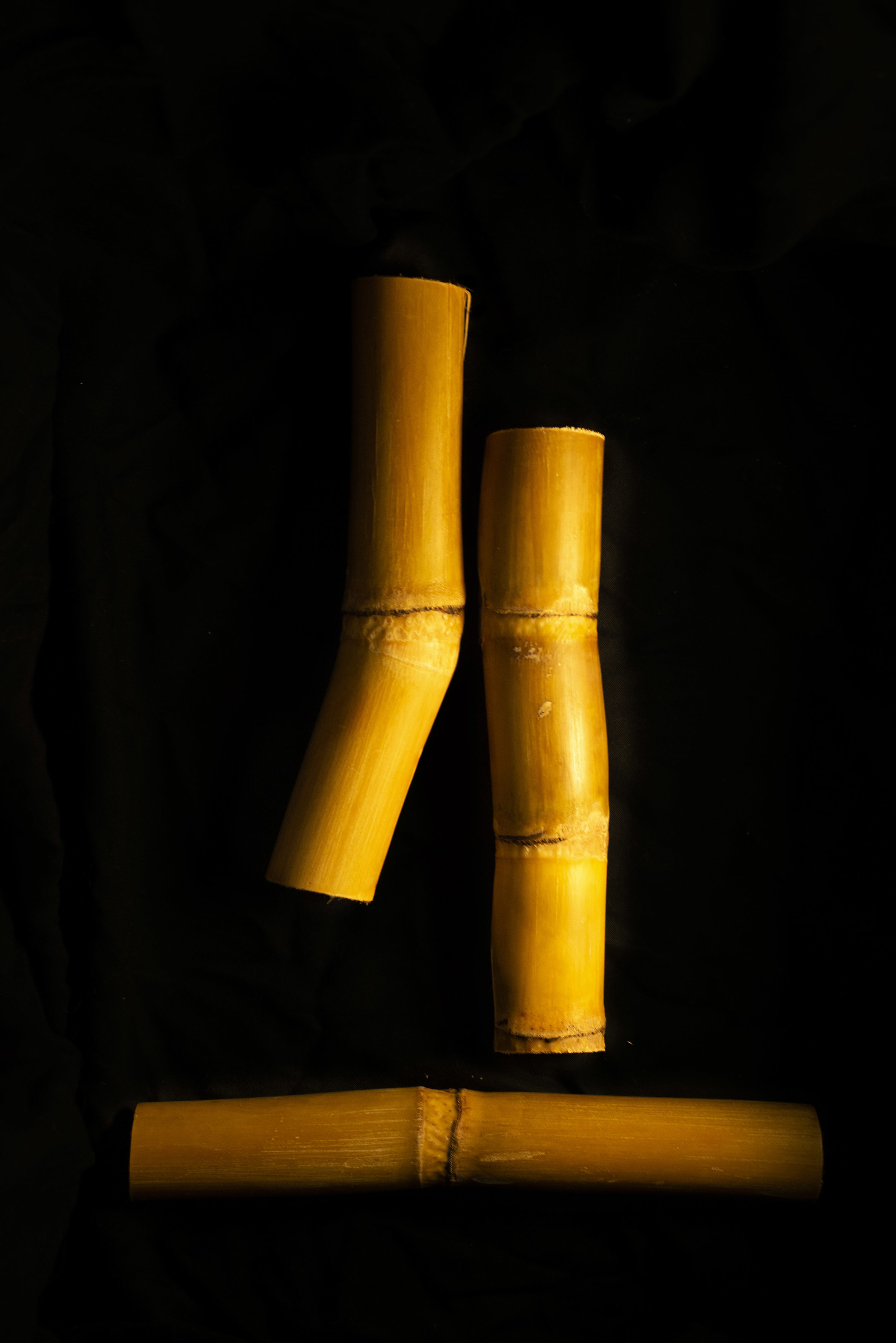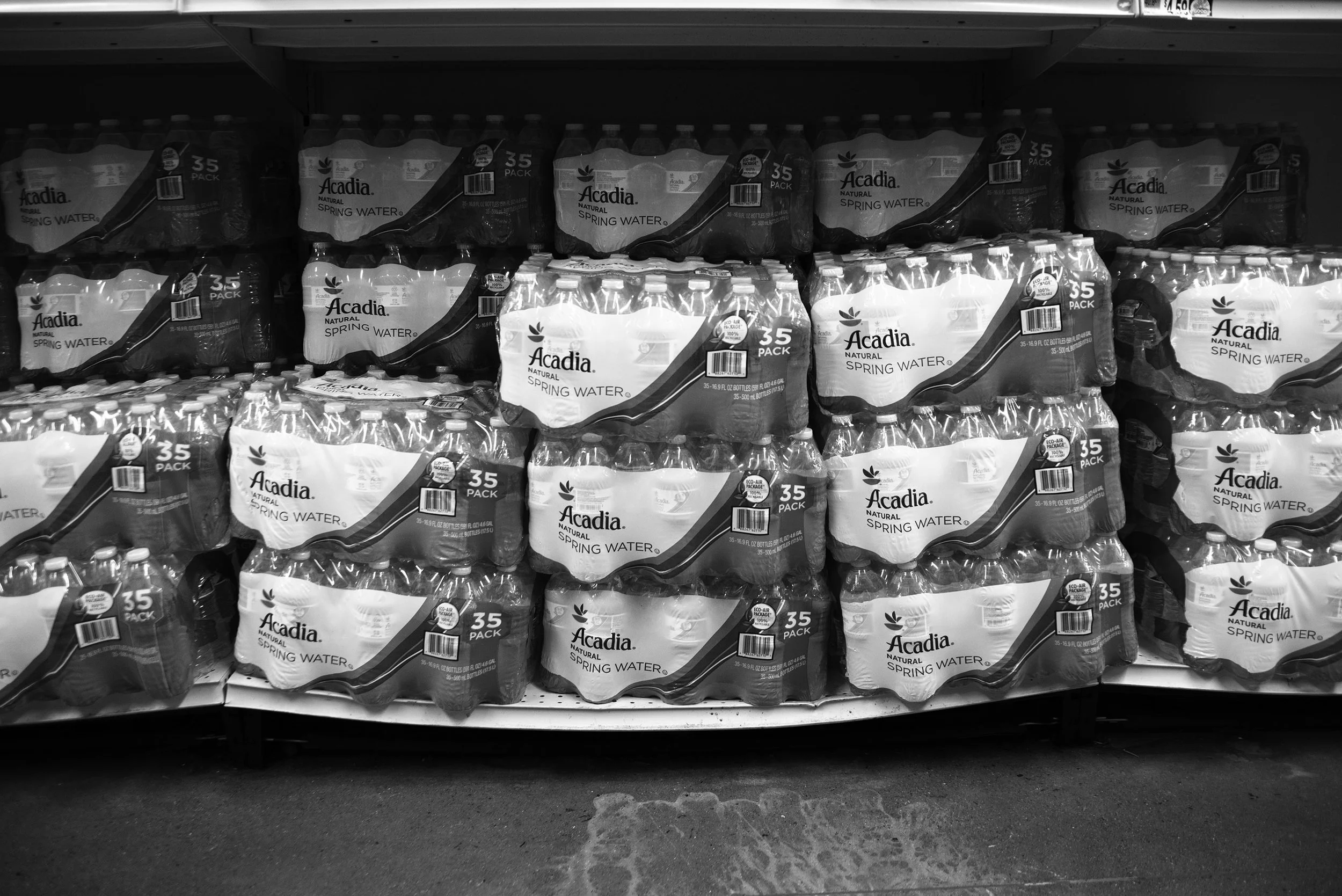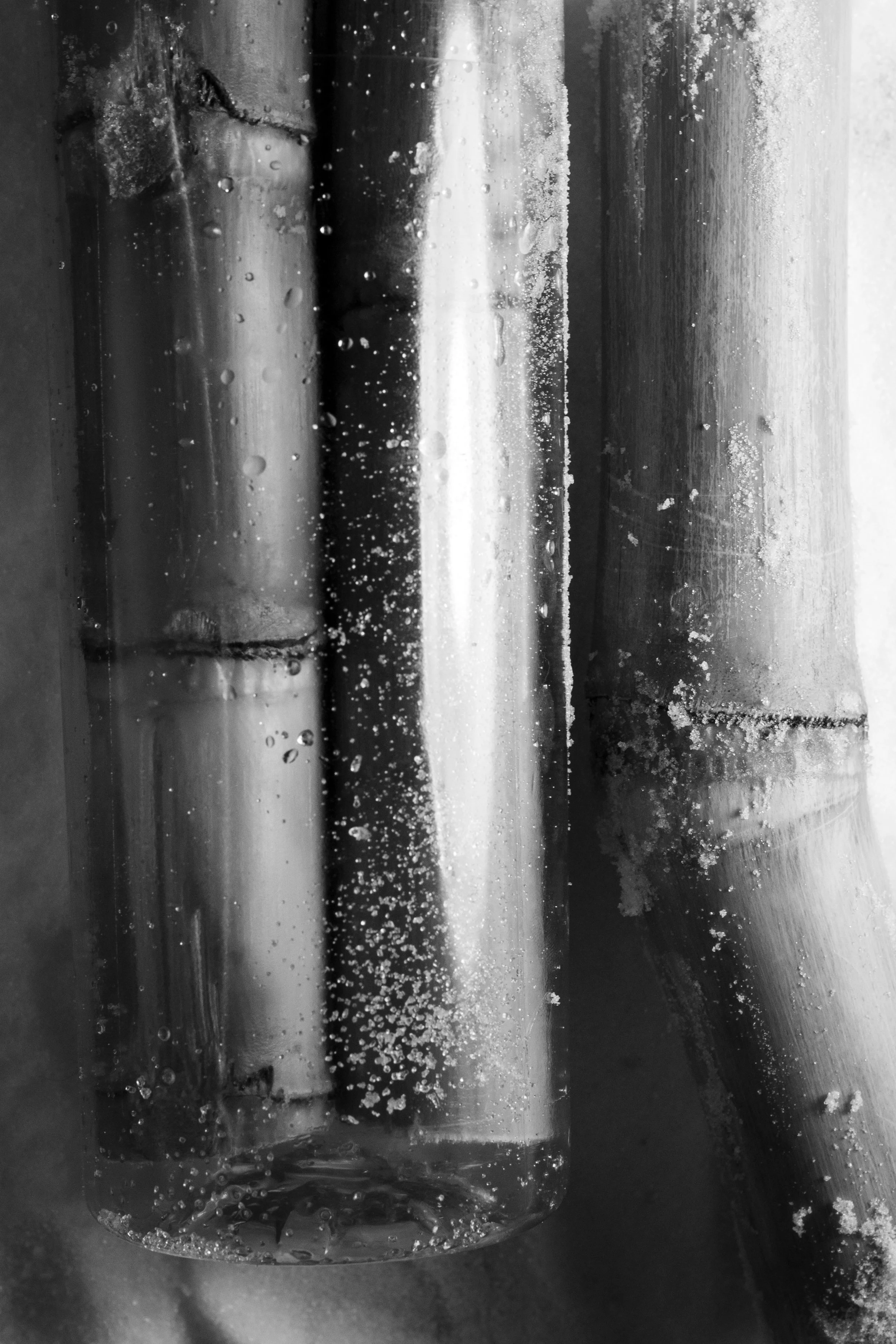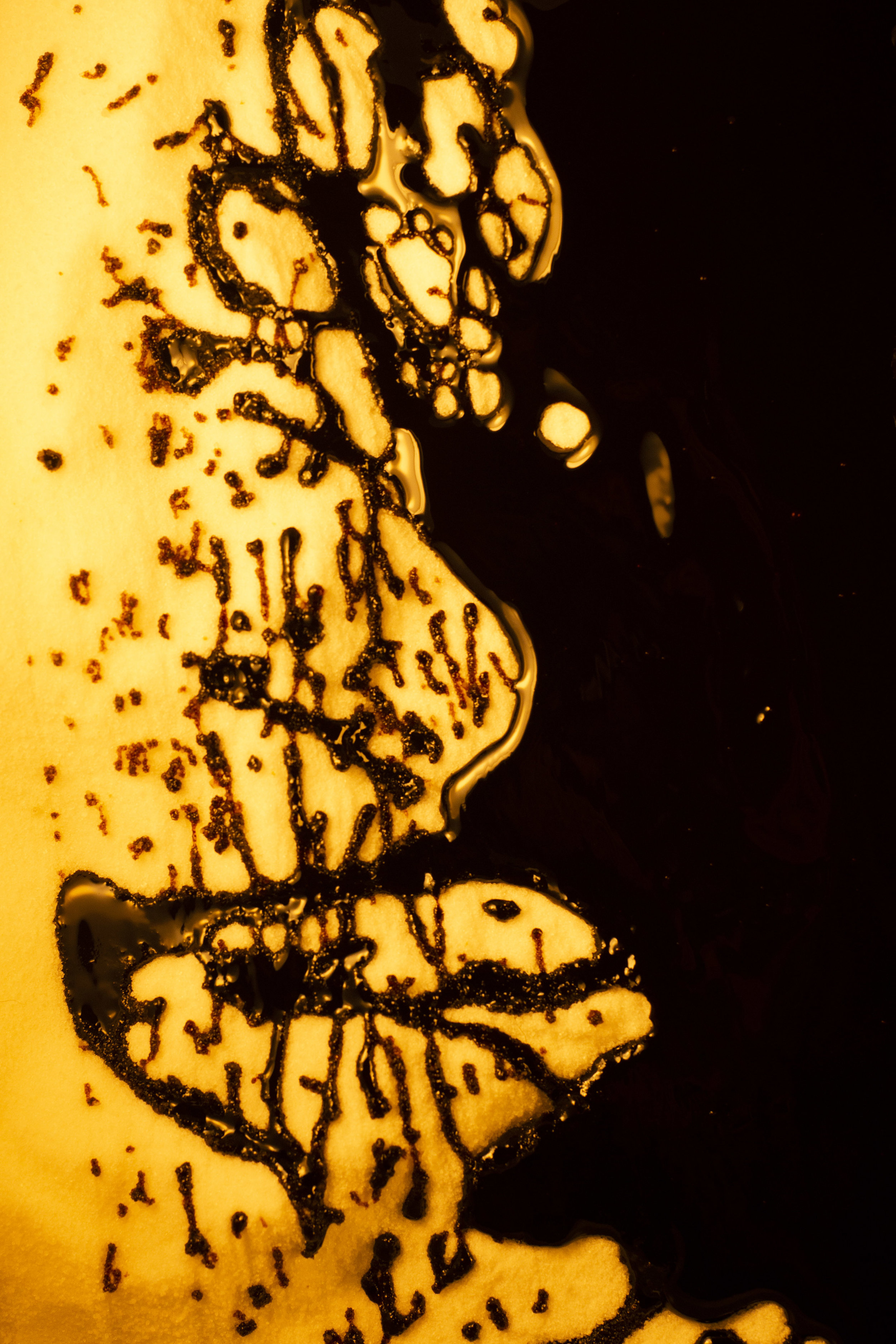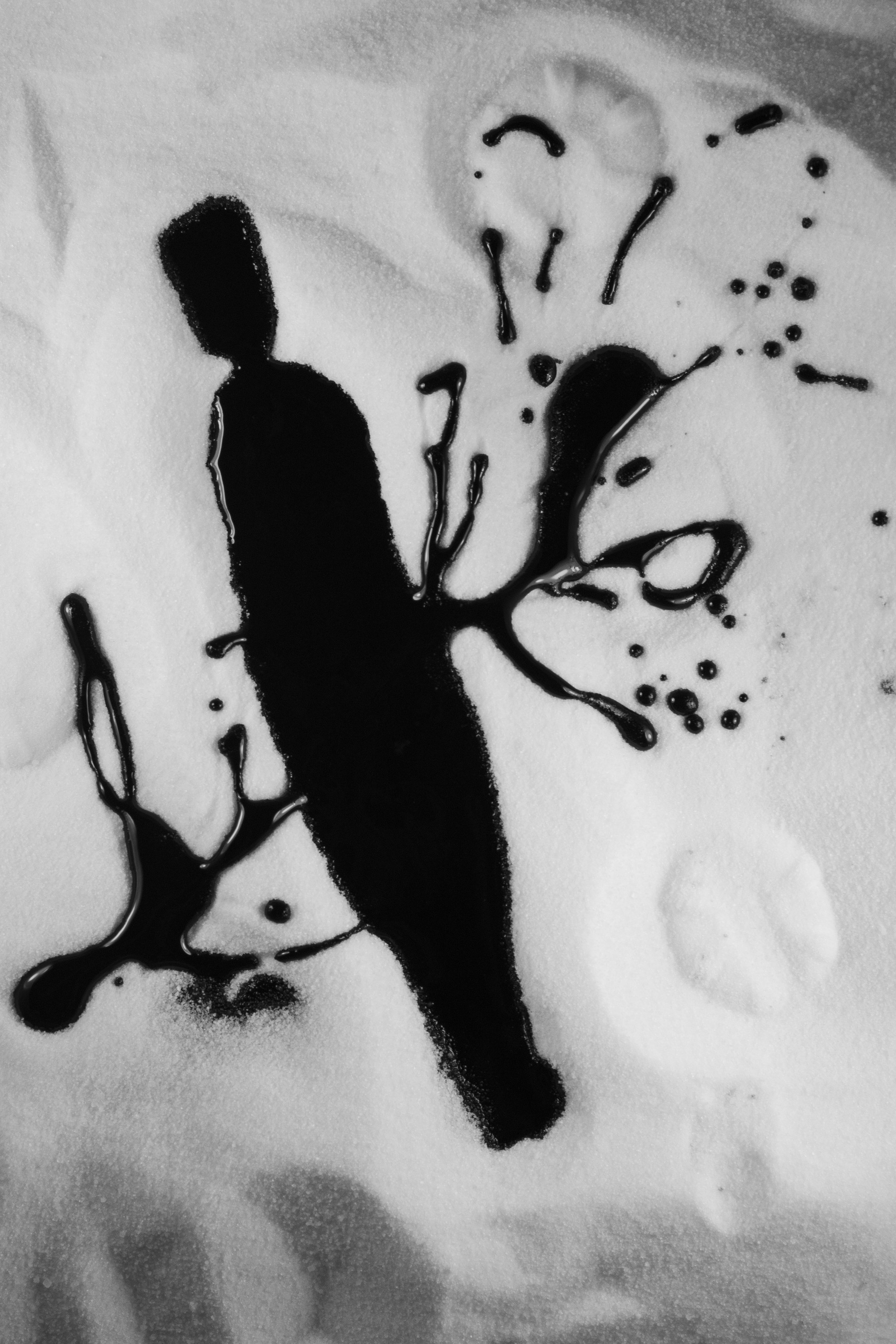Single Use, 2019
Ever since I learned that every plastic water bottle you throw away takes hundreds to thousands of years to degrade, it has made me much more aware about how much single-use plastic I use. I came across a more contemporary practice that Coca-Cola has started called the plant bottle, which uses processed sugarcane in order to help create plastic so that it can be fully recyclable. These images of the plastic plant bottle among the sugarcane, sugar, and molasses represent where these new types of recyclable bottles have come from and the renewable resource direction that companies are trying to gradually switch to. However, there are still many issues with using single-use plastic in the first place because it is still creating more plastic that requires a myriad of resources to be able to recycle. Even though sugarcane is a renewable resource, the amount of water, chemicals, and energy needed to grow and process this much sugarcane is still detrimental to the environment. According to the World Wildlife Fund, sugarcane requires more water to grow compared to most other crops.
Other bio based materials, such as corn, sugar beets, and wheat can also be utilized to help make plastic. Being educated about where our plastic comes from and what it takes to make it is very important since the sheer volume of plastic bottles in our world can make it seem like an unlimited resource at times. These images of the plant bottles and the sugar factory are made to educate and remind the viewer about how many resources go into making plastic bottles, even when they are plant bottles. When I first started this project I had thought that the plant bottle would be the answer to the problem of single-use plastic. However, it seems that at this point any kind of bottle that is only used once and then discarded will still require way more resources than a consumer would expect and then it will turn into waste after just one use. Reusable water bottles are the best choice for the environment, but sometimes they are not an option, so continuing to learn about where our single-use plastic water bottles come from and what processes they go through after we use them is very important so that we can understand what impact they have on our environment.
